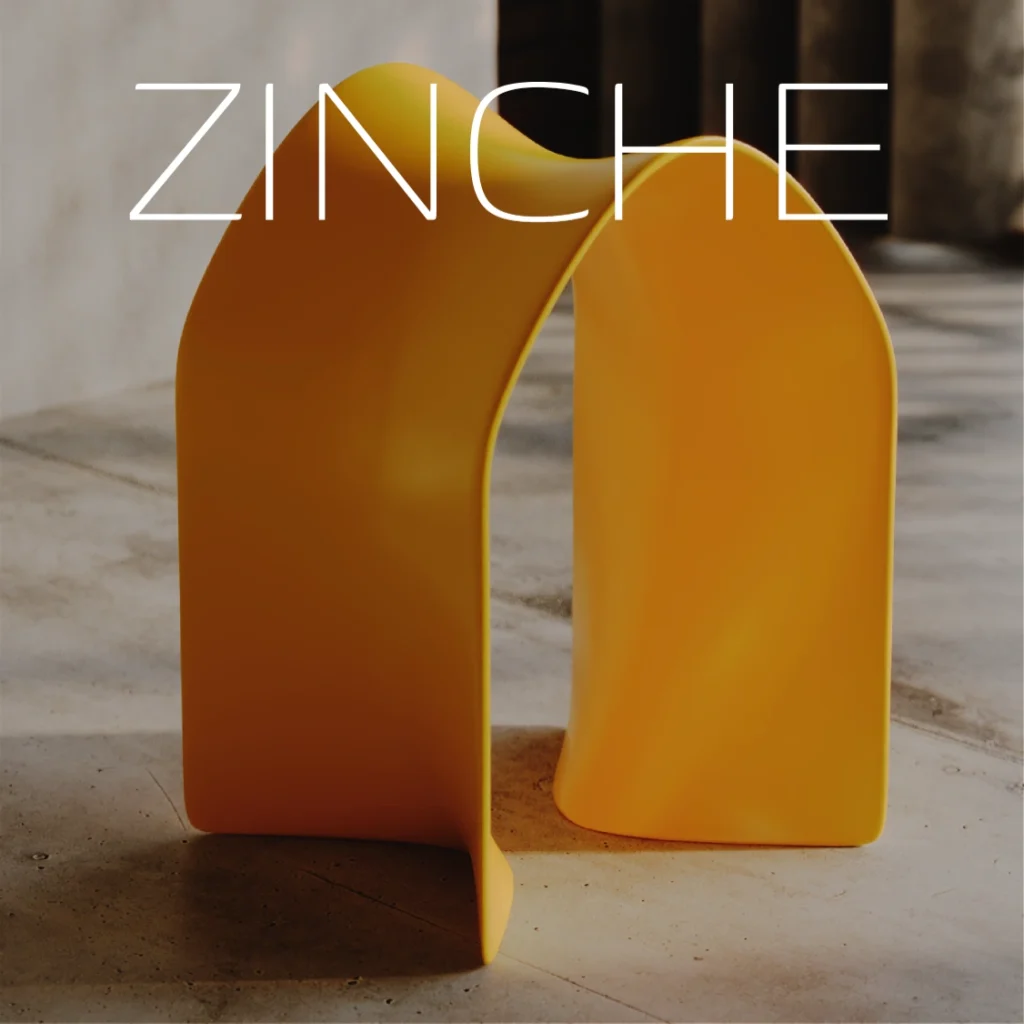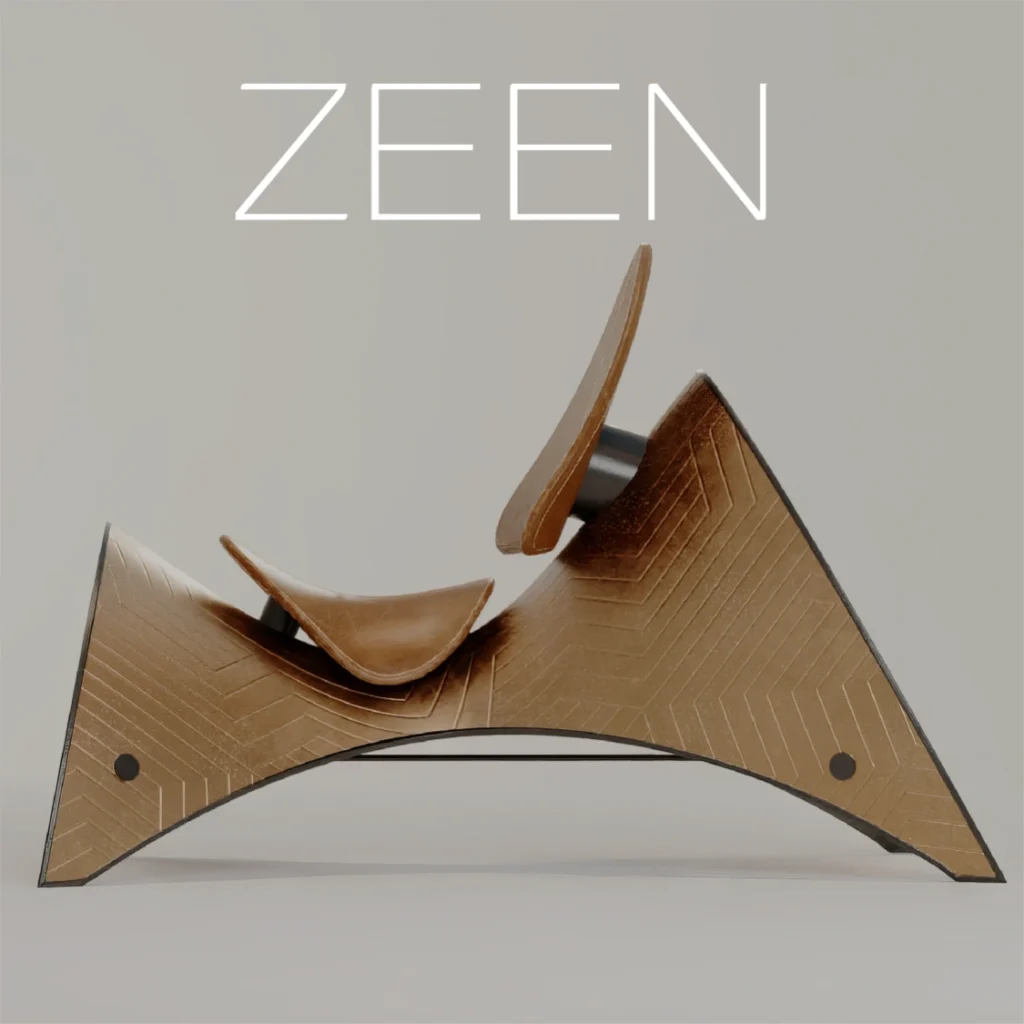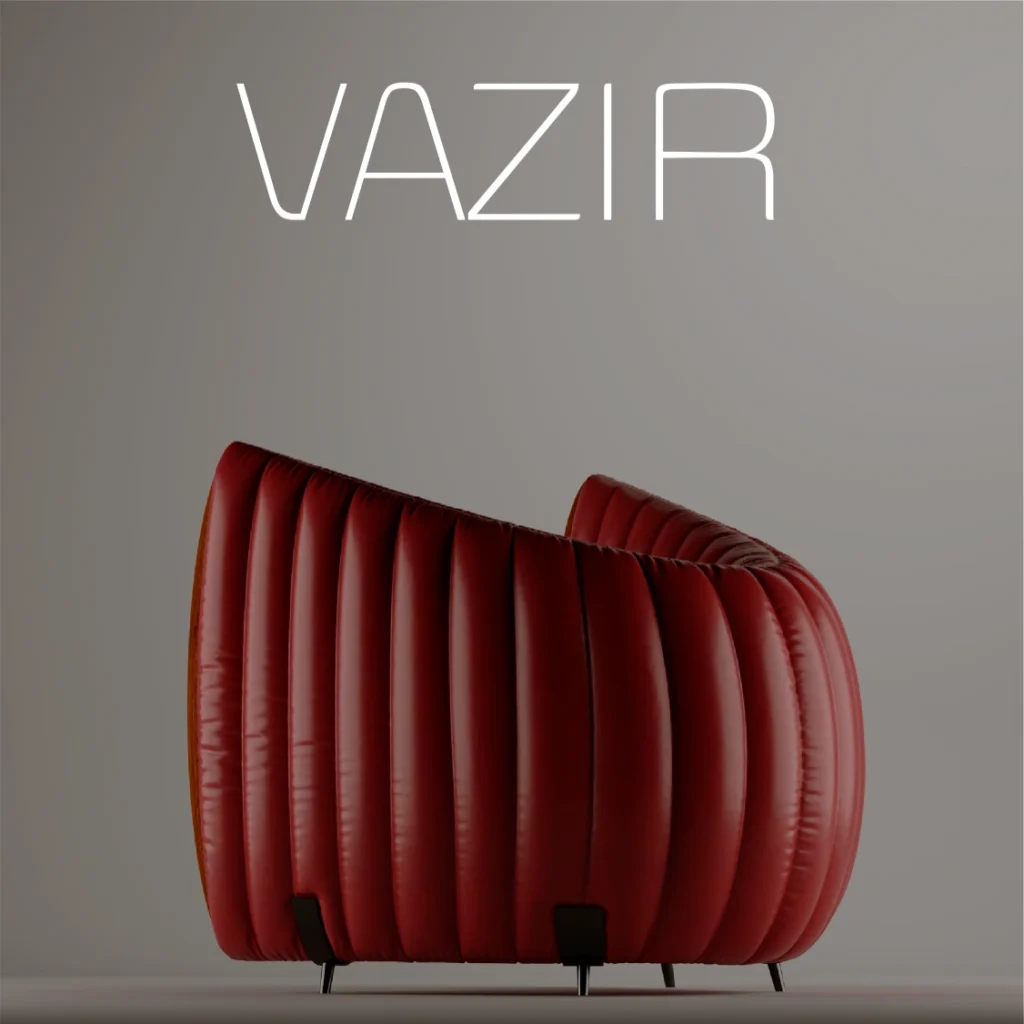This lamp is inspired by the geometry of “girih”((Persian: گره, “knot”, also written gereh) are decorative Islamic geometric patterns used in architecture and handicraft objects, consisting of angled lines that form an interlaced strapwork pattern) in Iranian architecture. The girih is an element of classical Iranian architecture that has played a very important role in decorating the building. In designing this object, an attempt has been made to create the ability of “reproducibility” and “variety” in arrangement for this lamp by using geometric configuration. The main difference between Meaq and a Girihis the asymmetry and break off the classical symmetry in the Girih.
The Iranian Girih is expanded by “repetition” and “symmetry” and requires framing and the presence of “boundary” for reproduction but the Meaq is expanded as “asymmetric” and “infinite” due to asymmetry in the form and does not require a geometric edge for patterning the Roof. This light is designed in five pieces that are placed together in various modes. The dowel expansion system is possible both “linearly” and “superficially”. The form of the Meaq is such that it creates innovative and diverse perspectives, both in the collective arrangement and in the individual mode. Broken lines, angles, and asymmetry in this light cause the formation of a kind of movement and visual dynamics. In the design of the Meaq, in addition to responding to the performance and providing lighting, the object has been tried; Have a clear presence in the architectural space, affect the space and create a lasting image in the mind of the audience. This light has the ability to provide space lighting in several different modes. The light filaments are placed inside the aluminum profile to be able to illuminate both linearly and in a plane (via Plexiglas sheet). Also, in the design of the profile, a narrow gap is considered at the bottom, which emphasizes the geometric shape of the lamp when it is on. The bases are made of crushed and bent cutting sheets and have a compartment inside to hold transformers and voltage converters. The main wire runs from the bottom of the box to the base length and delivers power to the lamp ring. The pin is easy to install and carry due to its light weight (about one kilogram). Also, due to its appearance, it allows the interior designer to have built-in or surface wiring. The light rings are easily separated from the bases and the installation places are reversed to provide a different and new quality of lighting in the environment by shining on the ceiling. This object is named “Meaq” which means “cloud” in Persian. This name emphasizes the ability of this light to spread on the ceiling.
In the process of ideation and design for the Meaq, an attempt was made to realize a picture of the past and tradition in the contemporary world. As mentioned before, the Meaq is inspired by the Iranian Girih and spreads like its root (knot) in the architectural space and paints the surface of the ceiling. The Meaq tries to have a visible and bold presence, to be seen, and to fill the gap of some kind of sensory and visual qualities in the interior so that it is difficult to visualize an alternative to the Meaq in the space. The Meaq goes beyond the basic function of the lamp (lighting), communicates with the interior and the human being, and creates a lasting image in the mind.
The principal value of the Meaq is not only in the way of lighting but also in the type of its presence in the environment. Meaq acts as an “effective” component and affects the interior space (as a practical component). This object increases the value of the interior space and makes the architectural space have spatial qualities
To better understand this value, we can say that this lamp on the ceiling behaves like an Iranian rug on the floor. Iranian rug is not only valuable as a “floor” but also because of its profound impact on the interior.
Solving technical problems, responding to performance, variety in layout, scalability, and integrating all of these with the values in the tradition have created and presented an object that communicates with the building (regardless of style and function) and shines indoors.
From the writer’s point of view, Meaq is not only a light but also a narrator of a corner of an ancient and glorious culture. Meaq is an abstract reading of the magnificent decorations of classical Iranian architecture. Meaq, as it conforms to principles and rules such as industrialization, mass production, and contemporary visual values, embodies a novel image of the past and gives identity to the contemporary interior.













